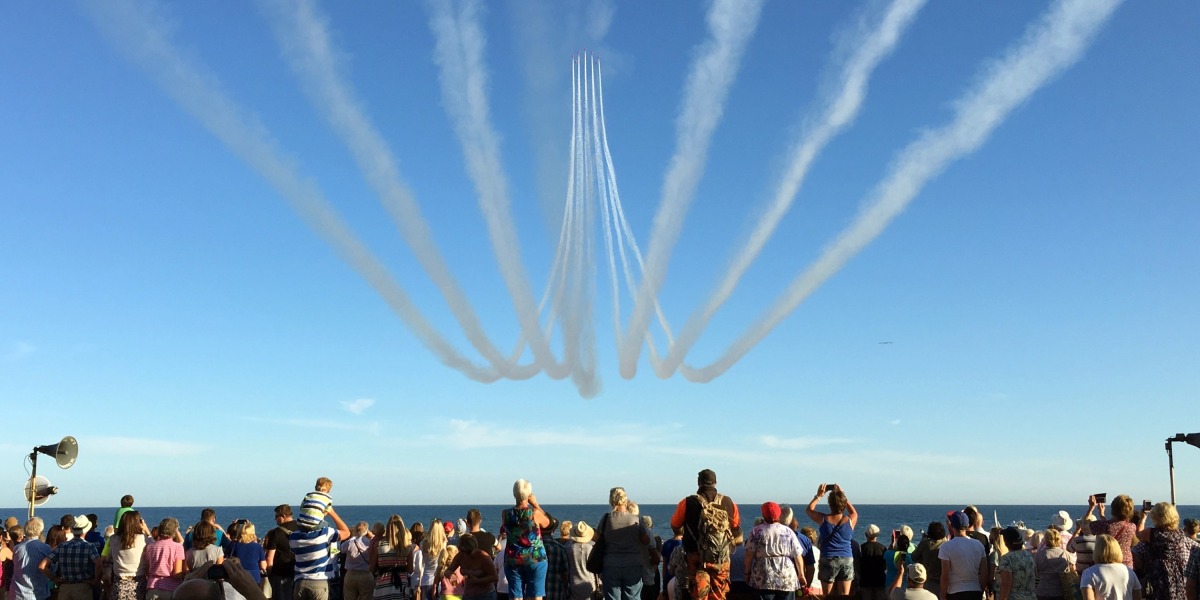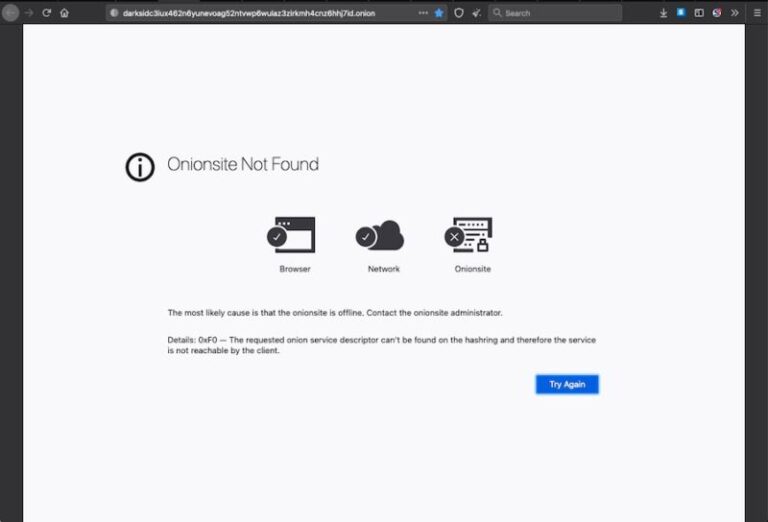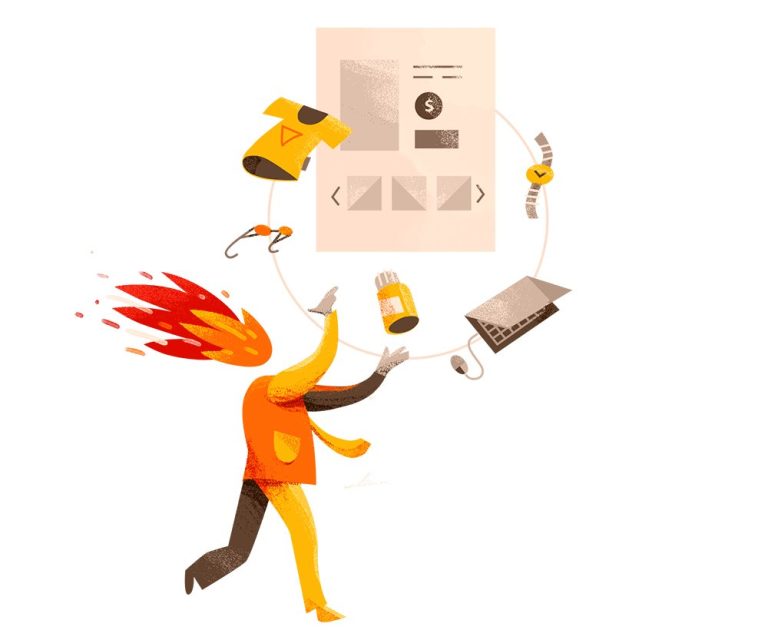
The new report, published by the International Council on Clean Transportation (ICCT), a nonprofit research group, outlines possible paths for aviation to reduce emissions enough to do its part in keeping global warming at less than 2 °C above preindustrial levels, the target set by the Paris agreement. Reaching that goal will require quick action within aviation and significant policy support for technologies like alternative fuels that don’t currently exist at industrial scale.
Aviation is an industry that’s notoriously difficult to decarbonize. Strict operating and safety requirements limit what technology can be used. Equipment has a long lifetime, so a plane built today will still be flying in 2050. That means technical progress needs to happen quickly to make a dent in emissions decades in the future.
“If you want to decarbonize aviation, you have to start now,” says Lynnette Dray, a principal research fellow at University College London.
Keeping emissions low enough to stay under 2 °C of warming would mean cutting aviation’s annual emissions in 2050 to about half of currently projected levels—a daunting task for an industry that’s expected to grow swiftly in the next few decades. For the industry to hit that target, its emissions would need to peak and start falling by 2030, says Brandon Graver, one of the report authors and a senior aviation researcher at the ICCT. And to further limit warming to 1.75 °C, emissions will need to start falling as soon as 2025.
In the ICCT analysis, about 60% of emissions reductions are projected to come from low-carbon fuels.
But new fuels have a long way to go to reach that kind of impact. The supply of alternative jet fuel represents about 0.05% of the total fuel supply in 2020. Judging from 2018 numbers, a full year’s supply of non-fossil fuel would power global aviation for about 10 minutes.





